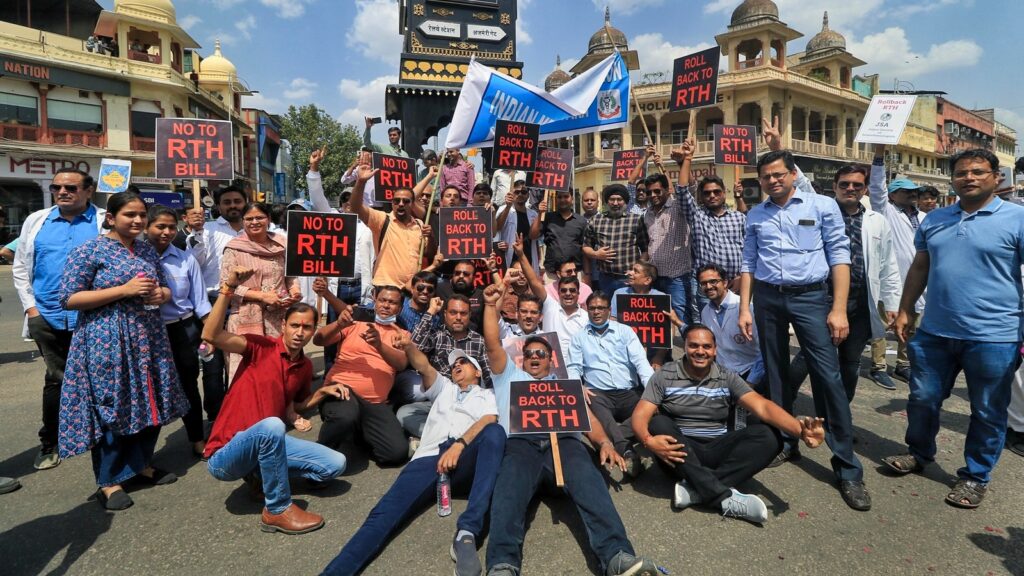A new law billed as a masterstroke by the Rajasthan government has triggered protests among doctors across the state this week. The new right to health bill states that a patient will be entitled to emergency treatment anywhere without prepayment of fees. While introducing the bill, state health minister PL Meena said that the legislation was brought forward in response to complaints that some private hospitals were refusing to treat patients covered under the state government’s Chiranjeevi health insurance scheme. But the draft law has angered a section of health care providers backed by the Indian Medical Association. They appear to have two major objections. One, they say there is no clarity on how the government will reimburse private hospitals for treating patients and fear that they will be forced to take on financial burdens (or wait forever for reimbursements). Two, they say the bill will increase bureaucratic interference because of allegedly vague definitions in the draft law. Further, punishments for not adhering to the law are significant.
At the heart of the problem is India’s weak health care capacity, and its ramifications on the quality and span of services available to people, especially the poor. India has historically spent less on health care as a percentage of the GDP compared to other countries; the World Bank estimated in 2019 that out-of-pocket spending comprised 54% of the health care spending in India, underlining the financial precarity of a health crisis. Rajasthan fares poorly on indices such as the number of doctors or hospital beds per capita. It is some of these issues that the new bill is trying to paper over, and, ironically, it is these problems that threaten to torpedo the draft law’s intent — of ensuring health care to the poorest.

